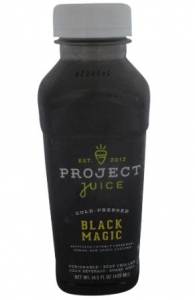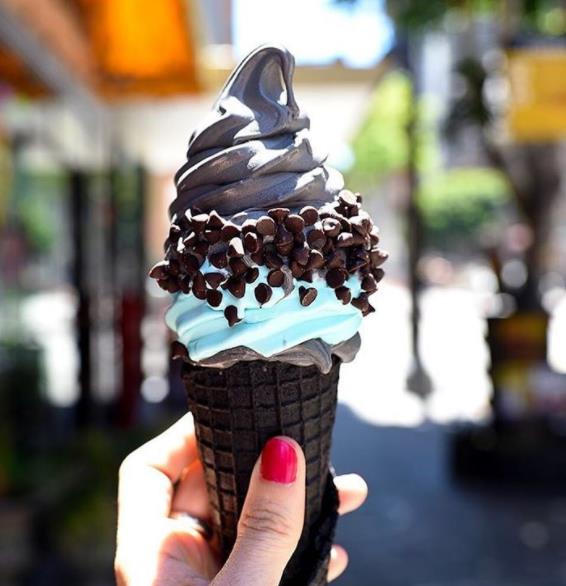Charcoal has a longstanding association with summer thanks to grilling season, but until recently, it was rarely associated as being an ingredient in your summer lemonade. Activated charcoal, described as charcoal that’s heated to increase adsorption, has increased in popularity over the last few years, primarily due to its associations with being a strong detox agent.
Activated charcoal first gained mainstream attention in the beauty category in everything from face masks to deodorant. According to Mintel Global New Products Database (GNPD), beauty and personal care products launched in the US featuring activated charcoal have increased 15% since 2016. With more consumers focusing on a natural approach to personal care, the trend has carried over into the food and beverage space with a focus on beauty from within.
Activated charcoal moves beyond beauty

The functional beverage space is no longer a category restricted to a niche group of health-conscious consumers and is more commonly noting mainstream interest. According to Mintel’s report on healthy dining trends in the US, three in five consumers agree they like when beverages provide a functional benefit and half say they are more willing to try an unfamiliar ingredient if it offers a health benefit. The popular vegan-centric limited-service restaurant (LSR), by CHLOE, features activated charcoal in its juice called On the Road, which features activated charcoal, lemon, pure maple syrup and filtered water.
As with any ingredient that serves a functional health benefit, it can often come with areas of caution. Charcoal is commonly used in medical settings as a detox agent, which means the level of detox it offers could be more than consumers bargain for. Medical professionals have stated it’s important not to consume activated charcoal within hours of taking any prescription medications and, as with anything, moderation is key. However, the other benefit activated charcoal offers is less about health and more about presentation in a social media driven world.

In a short period of time, charcoal has followed a cross-category path from beauty to functional food and beverage, and more recently, even novelty treats. The evolution of activated charcoal demonstrates that the consumer adoption cycle is no longer the long term process it once was. Activated charcoal is far from being a mainstream ingredient among consumers, but it demonstrates that consumers are increasingly acquiring tastes for something new and unexpected.










![[WATCH] Trending ingredients to watch: Hydroxydecyl Ubiquinone](https://www.mintel.com/app/smush-webp/2023/06/Hydroxydecyl-Ubiquinone-艾地苯_Digital_Blog_1000x305.jpg.webp)























